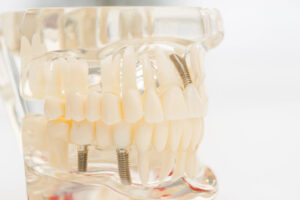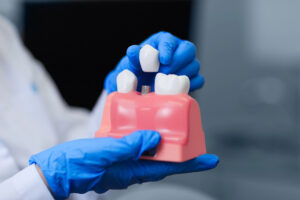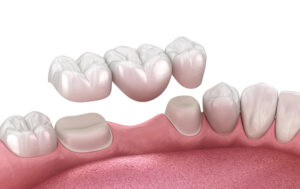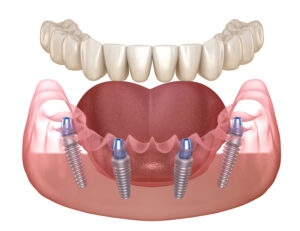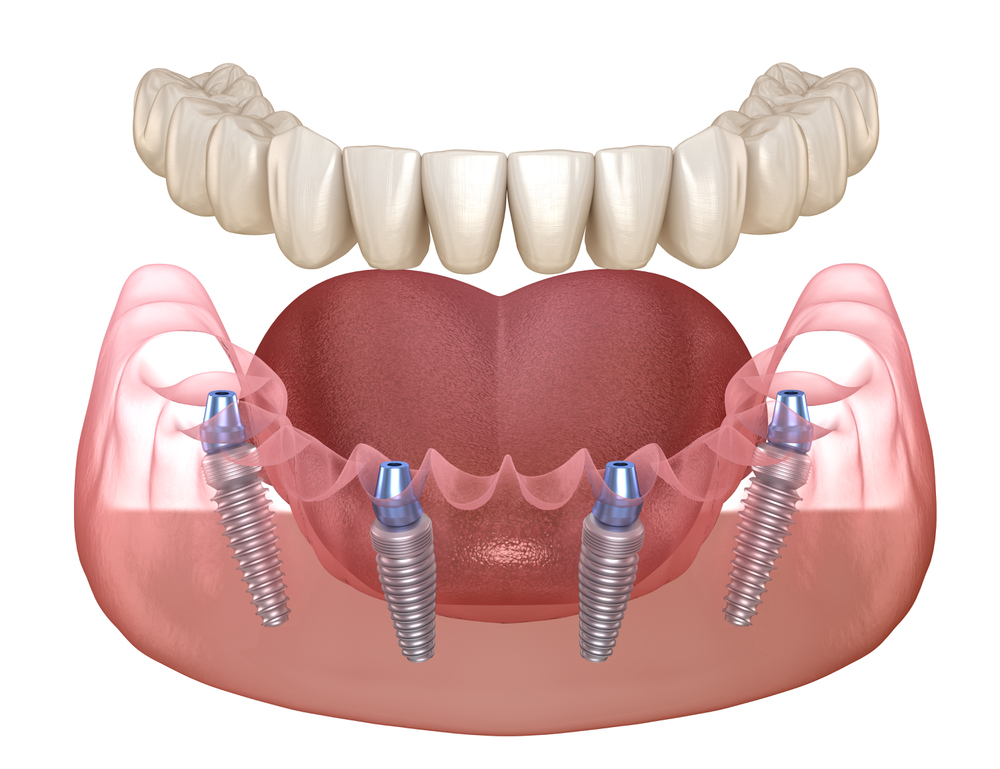
The All-on-4 dental implant procedure has revolutionized the way we approach full-arch tooth replacement. By using just four strategically placed implants to support an entire arch of teeth, this technique offers a faster, more efficient solution for restoring your smile. While the procedure itself is streamlined, the recovery process plays a critical role in achieving long-lasting success. In this article, we’ll explore practical tips to speed up healing, ensure better results, and improve the dental experience for anxious patients.
Understanding All-on-4 Implant Recovery Time
The recovery time for All-on-4 implants varies depending on individual factors such as overall health, adherence to aftercare instructions, and the complexity of the procedure. Typically, patients experience an initial recovery period of 1-2 weeks, during which most discomfort and swelling subside. However, complete healing—including osseointegration, where the implants fuse with the jawbone—can take 3-6 months.
By following the right practices during this healing window, patients can minimize complications and optimize their results. Here are some proven tips to enhance your recovery experience.
1. Follow Post-Operative Care Instructions Religiously
After your All-on-4 procedure, your dentist will provide specific post-operative care guidelines. These may include instructions on managing pain, keeping the surgical site clean, and avoiding certain foods. Adhering to these recommendations is crucial to prevent infections and support proper healing.
- Use prescribed medications, such as antibiotics and pain relievers, as directed.
- Rinse gently with a dentist-approved antiseptic mouthwash to reduce bacterial buildup.
- Avoid touching or irritating the surgical site to allow it to heal undisturbed.
2. Stick to a Soft Diet
One of the most important aspects of recovery is adopting a soft-food diet. This minimizes strain on your new implants and reduces the risk of disrupting the surgical sites. Stick to nutrient-dense, soft foods such as mashed potatoes, smoothies, yogurt, scrambled eggs, and soups during the initial healing phase.
Gradually reintroduce harder foods as directed by your dentist, typically after the first few weeks. Avoid chewing on hard or crunchy items, as they can exert undue pressure on your implants.
3. Prioritize Oral Hygiene
Maintaining excellent oral hygiene is essential to prevent infection and promote healing. While brushing around the surgical area can be challenging, your dentist will recommend a gentle approach.
- Use a soft-bristled toothbrush or a special post-surgery toothbrush to clean around the implants.
- Avoid vigorous brushing near the surgical sites.
- Rinse your mouth gently after meals to remove debris without disturbing the healing tissue.
4. Rest and Avoid Strenuous Activities
Rest is a cornerstone of recovery. Physical exertion, especially during the first week, can increase blood flow to the surgical sites, leading to swelling or even bleeding. Allow your body to focus its energy on healing by taking time off work and avoiding strenuous activities like heavy lifting or exercise.
5. Manage Swelling and Discomfort
It’s normal to experience swelling and discomfort during the first few days after your All-on-4 procedure. To alleviate these symptoms:
- Apply an ice pack to the outside of your cheek for 15-20 minutes at a time.
- Elevate your head while sleeping to reduce swelling.
- Take over-the-counter or prescribed pain medications as needed.
If discomfort persists beyond the expected time frame, contact your dentist for further evaluation.
6. Stay Hydrated and Avoid Alcohol or Tobacco
Hydration is essential for tissue repair and overall healing. Drink plenty of water throughout the day to keep your body hydrated and your mouth moist.
Avoid alcohol and tobacco products, as these can interfere with the healing process. Smoking, in particular, significantly increases the risk of implant failure by impairing blood flow to the surgical area and slowing down osseointegration.
7. Regular Check-Ups with Your Dentist
Follow-up appointments are vital for monitoring your progress and addressing any potential issues early. Your dentist will assess how well your implants are integrating with your jawbone and make adjustments to your treatment plan if necessary. Don’t skip these visits, as they are key to ensuring the long-term success of your All-on-4 implants.
Improving the Dental Experience for Anxious Patients
Many patients who undergo All-on-4 procedures may experience dental anxiety, which can make the recovery process more stressful. Creating a positive and calming dental experience is essential for these patients.
- Sedation Options: Many dental clinics offer sedation options, such as oral sedatives or IV sedation, to help anxious patients remain calm during the procedure. Discuss these options with your dentist beforehand.
- Open Communication: Sharing your concerns and fears with your dental team can help them tailor their approach to meet your needs. Many practices specialize in working with nervous patients, offering reassurance and support throughout the process.
- Comfort Items: Consider bringing comfort items such as noise-canceling headphones, a favorite playlist, or a stress ball to help you relax during appointments.
- Support System: Bring a trusted friend or family member to accompany you to your appointments. Their presence can provide emotional support and reassurance.
The All-on-4 implant recovery process requires careful attention to post-operative care, lifestyle adjustments, and open communication with your dental team. By following these tips, you can not only speed up your healing but also enhance your overall dental experience, especially if you are an anxious patient.
Remember, the journey to a restored smile takes time and patience, but the results—a beautiful, functional set of teeth—are well worth the effort. If you have concerns about your recovery or experience unusual symptoms, don’t hesitate to reach out to your dentist. They are there to guide you every step of the way.
